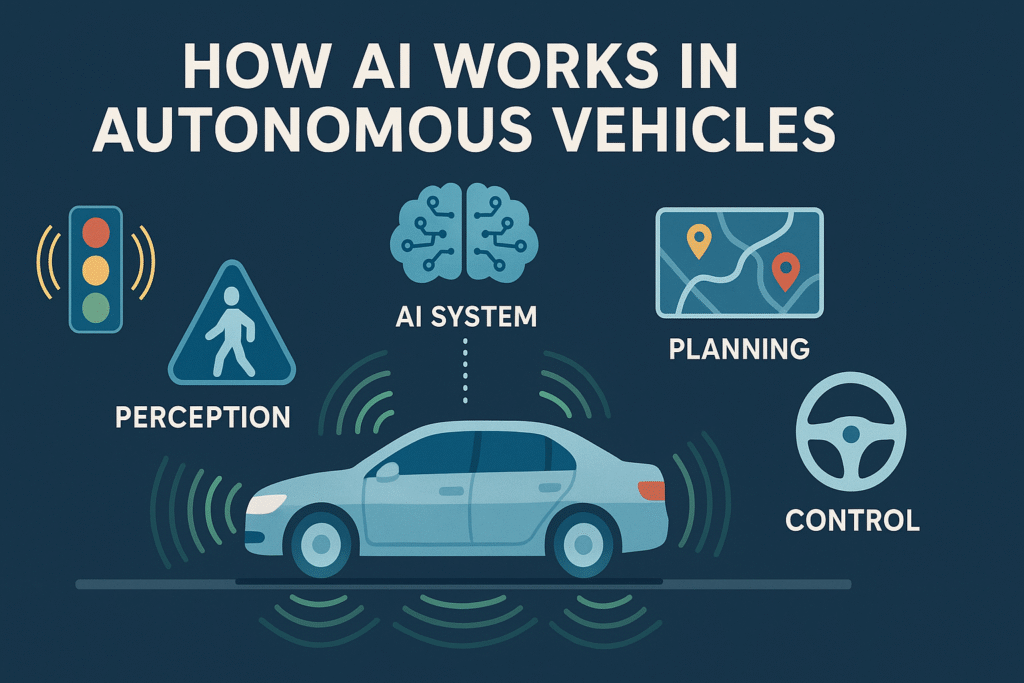⚔️ Edge AI vs Cloud AI: 7 Key Differences You Need to Know in 2025
Edge AI vs Cloud AI: Understand their differences, use cases, pros, and cons. Discover which AI model suits your real-time, scalable, or secure application—by AiBlogQuest.com.
🤖 Introduction: The AI Showdown – Edge vs Cloud
AI is everywhere—from self-driving cars to smart factories. But how it’s deployed makes all the difference. The biggest battle? Edge AI vs Cloud AI.
At AiBlogQuest.com, we decode both technologies and explain their differences, benefits, and ideal use cases so you can choose the right one for your project.
🧠 What Is Cloud AI?
Cloud AI processes data on remote servers, typically hosted by:
-
Amazon Web Services (AWS)
-
Google Cloud AI Platform
-
Microsoft Azure AI
These platforms offer:
-
Scalable computing power
-
Centralized data storage
-
Access to complex ML models via APIs
✅ Example: ChatGPT and Google Translate run in the cloud.
🛰️ What Is Edge AI?
Edge AI runs AI models locally on devices, such as:
-
Smartphones
-
Drones
-
Cameras
-
IoT sensors
It processes data on the spot, without needing cloud access.
✅ Example: Your phone’s face unlock feature or real-time object detection in autonomous vehicles.
📊 Edge AI vs Cloud AI: Quick Comparison Table
| Feature | Edge AI | Cloud AI |
|---|---|---|
| Latency | Ultra-low (real-time) | Higher (depends on network) |
| Internet Needed | No | Yes |
| Data Privacy | Local processing, more secure | Requires data transfer |
| Compute Power | Limited by device | Virtually unlimited |
| Scalability | Device-specific | Highly scalable |
| Use Case | Real-time apps (drones, AR) | Big data, model training |
🚀 5 Real-World Use Cases of Edge AI vs Cloud AI
1. 🏎️ Autonomous Vehicles
Edge AI is used for:
-
Real-time object detection
-
Lane tracking
-
Emergency braking
Cloud AI is used for:
-
Software updates
-
Route optimization based on global data
2. 🏥 Healthcare Wearables
Edge AI powers:
-
Heart rate anomaly alerts
-
On-device monitoring
Cloud AI handles:
-
Aggregated patient analysis
-
Predictive diagnostics across hospitals
3. 🏭 Smart Manufacturing
Edge AI detects:
-
Machine faults instantly
-
Visual defects in products
Cloud AI does:
-
Trend analysis
-
Maintenance prediction models
4. 📱 Consumer Apps
Edge AI enables:
-
Voice recognition in AirPods
-
Image enhancement on phones
Cloud AI powers:
-
Chatbots
-
Personalized ads
5. 🎥 Security & Surveillance
Edge AI does:
-
Real-time facial recognition at the camera
-
Motion detection
Cloud AI performs:
-
Centralized alert management
-
Cross-location data analysis
🔗 Useful Links
🌐 Resources
❓ FAQ – Edge AI vs Cloud AI
Q1: Which is better—Edge AI or Cloud AI?
It depends on your need. For real-time performance, use Edge AI. For complex computation and scalability, go with Cloud AI.
Q2: Can Edge AI and Cloud AI work together?
Yes. Hybrid AI systems send some data to the cloud while keeping real-time tasks local.
Q3: Is Edge AI more secure?
Yes. Since data is processed on-device, it reduces the risk of exposure during transmission.
🏁 Final Thoughts
Edge AI vs Cloud AI isn’t a fight—it’s a strategic choice. Whether you’re building drones, apps, or analytics platforms, knowing when to use each can define your success.
For deeper insights on AI deployment strategies, stay tuned with AiBlogQuest.com—where AI meets real-world innovation.
🏷️ Tags:
Edge AI vs Cloud AI, Cloud AI Explained, Edge Computing AI, AI Deployment Models, Low Latency AI, AiBlogQuest



